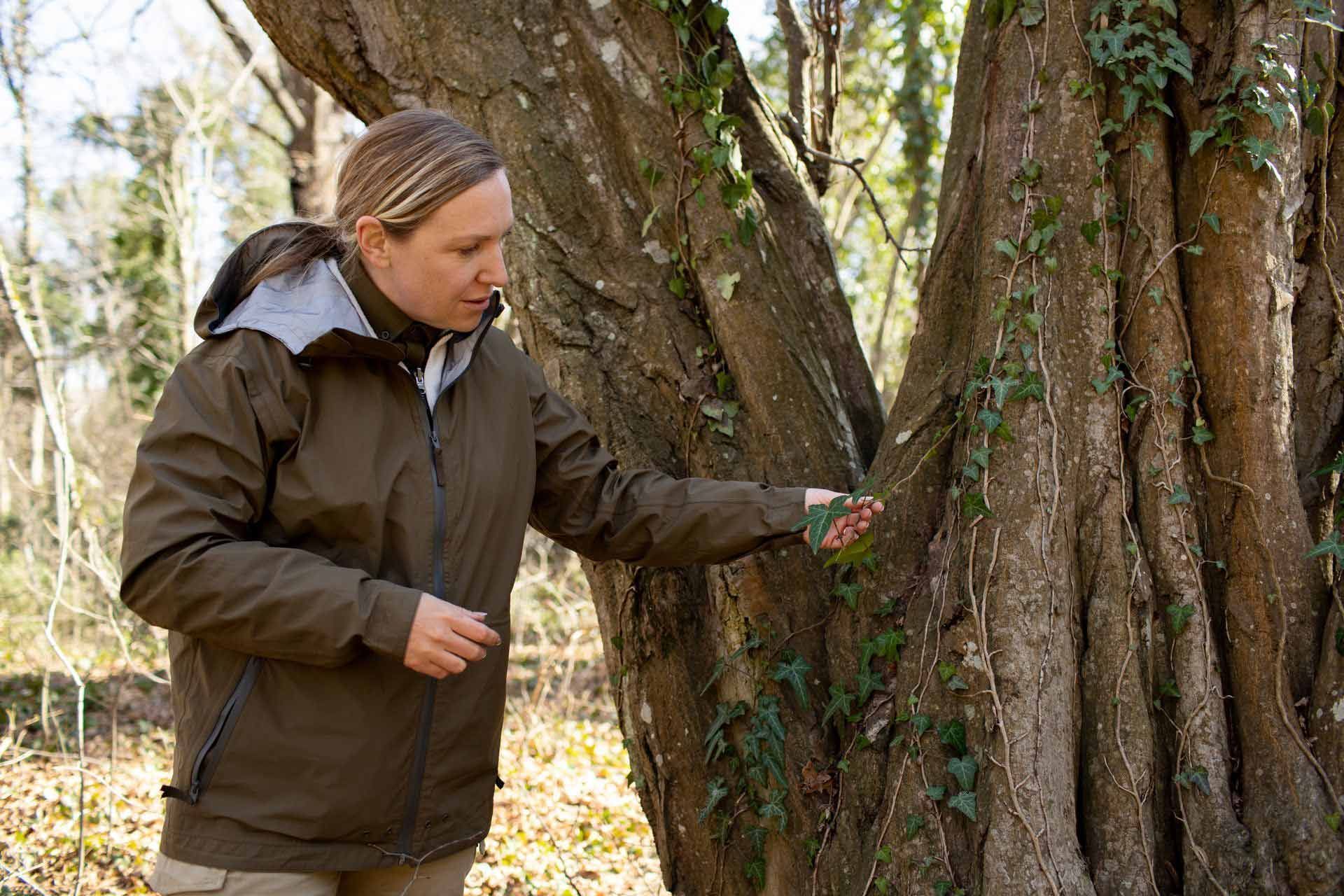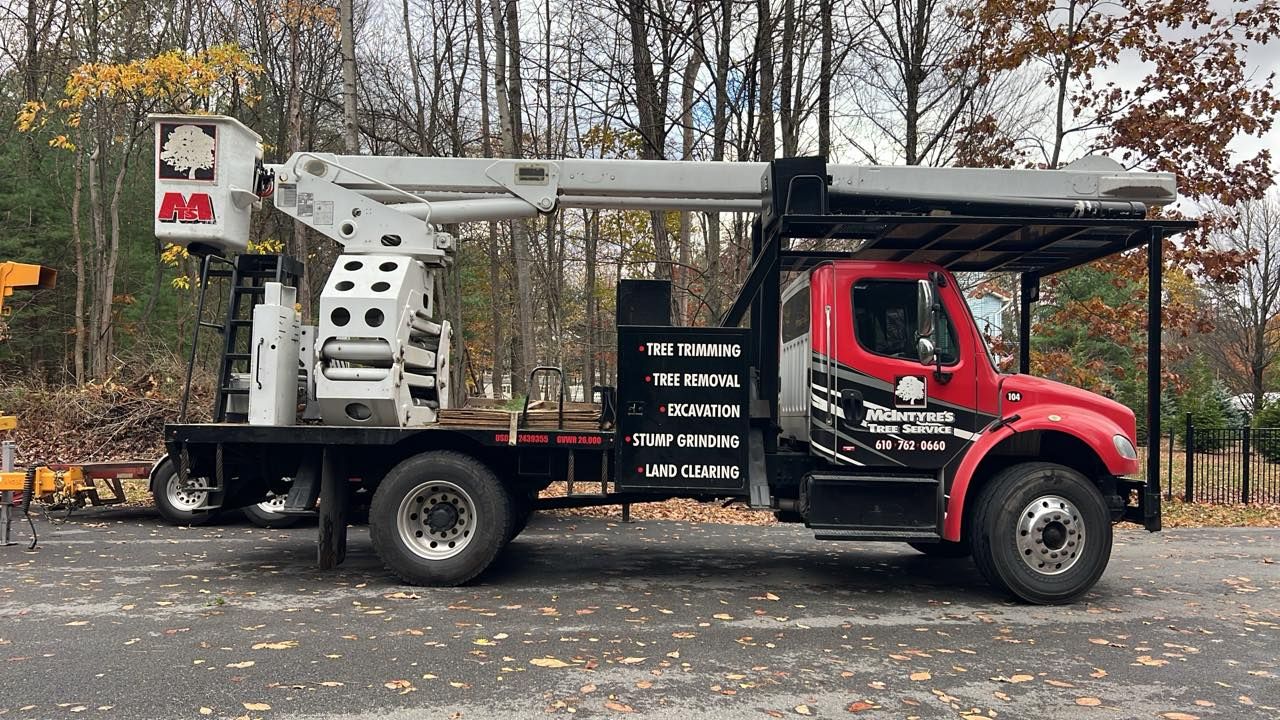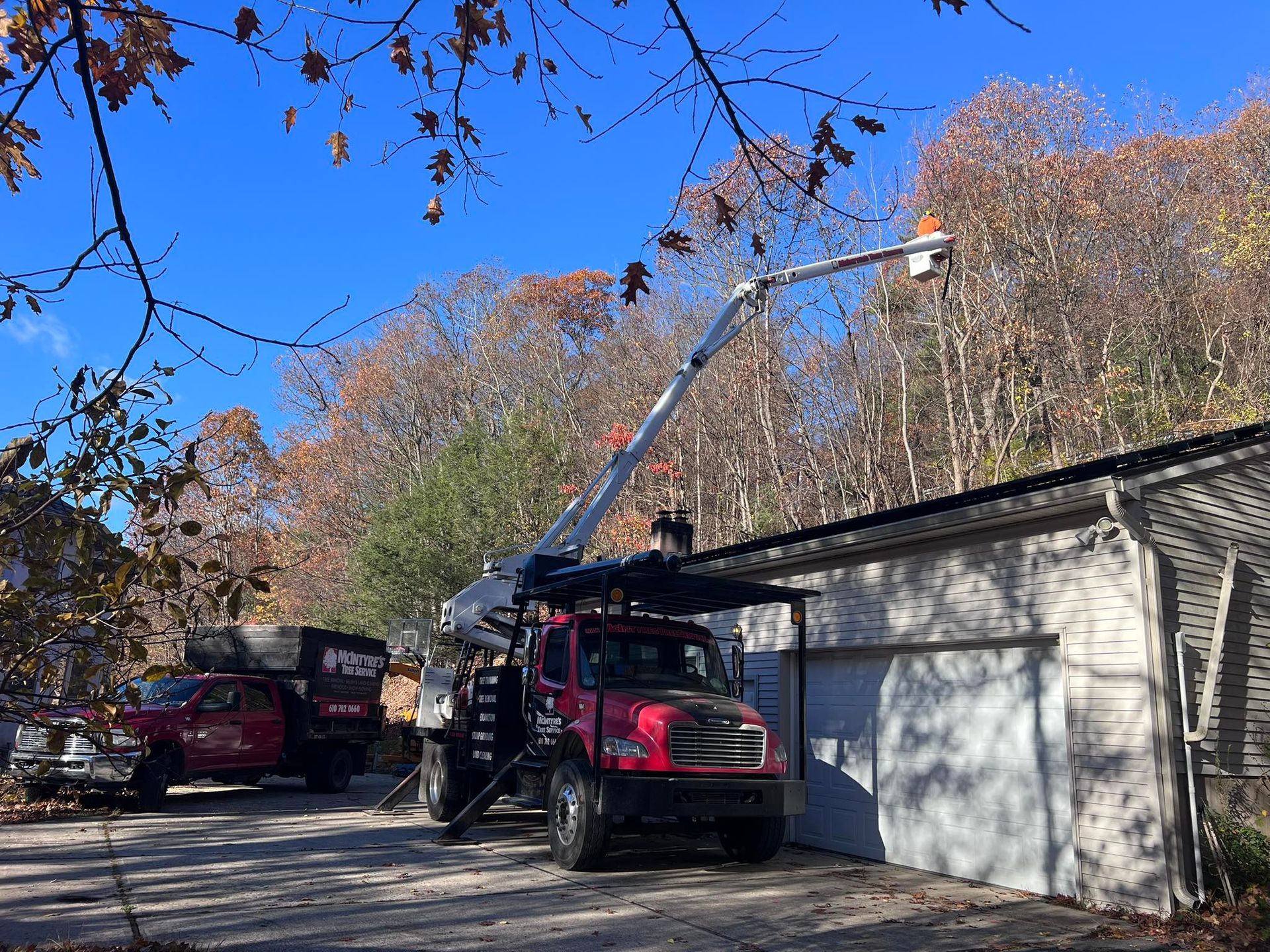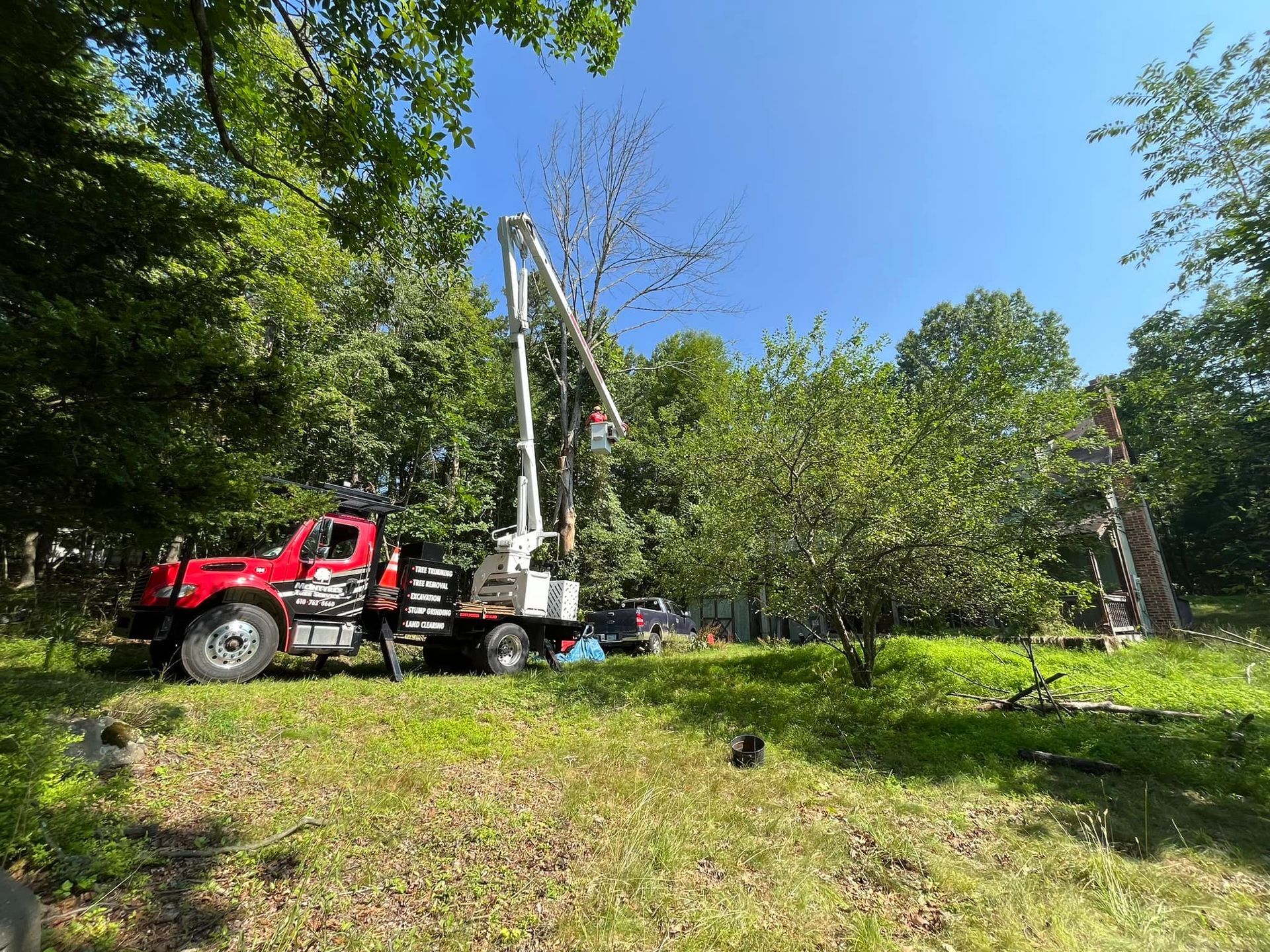New Homeowner Tree Care Tips That Could Save You Thousands

Table of Contents
- Recognizing Tree Value in Your Landscape
- Creating a Practical Tree Service Checklist
- Early Warning Signs: Diseases, Decay, and Distress
- Watering Techniques for Strong Roots
- Proper Mulching Methods to Support Growth
- When and How to Prune Your Trees
- Hiring the Right Tree Professionals
- Seasonal Tree Maintenance Reminders
- How Tree Neglect Can Lead to Expensive Repairs
- Final Thoughts and Tree Care Action Plan
Key Takeaways
- Proactive tree care tips can save you thousands in damage and removal costs.
- Creating a tree service checklist helps new homeowners stay organized and informed.
- Healthy trees increase property value and safety when properly maintained.
- Knowing when to call in professionals can prevent major headaches later.
Why Tree Care Tips Matter for Every New Homeowner
Becoming a homeowner is an exciting milestone, but it also comes with responsibilities—especially when it comes to the health and safety of your landscape. Often overlooked, your trees can either be a valuable asset or an expensive liability. Understanding the right tree care tips early on can make the difference between enjoying a beautiful, safe outdoor space and facing emergency removal costs or home damage later.
This guide shares practical, easy-to-follow advice on how to maintain your trees, prevent costly problems, and build a sustainable care routine. Let’s dive in.
Recognizing Tree Value in Your Landscape
Before grabbing a rake or pruning shears, it’s important to recognize why your trees matter. Healthy trees provide shade, improve air quality, reduce energy bills, and significantly boost curb appeal. In real estate, mature trees can increase a property’s value by as much as 15%. However, neglected or diseased trees pose risks—falling limbs, root damage, or pest infestations can lead to thousands in unexpected repairs.
When you prioritize
tree maintenance, you’re not just protecting greenery—you’re safeguarding your home investment.
Creating a Practical Tree Service Checklist
A well-structured
tree service checklist ensures you stay on top of essential maintenance tasks throughout the year. Here’s a basic example tailored for new homeowners:
| Task | Frequency |
|---|---|
| Visual inspection | Monthly |
| Pruning & trimming | 1–2 times/year |
| Deep watering | Weekly (spring/summer) |
| Mulching | Spring & Fall |
| Fertilization (if needed) | Spring |
| Professional inspection | Annually |
This checklist can be customized based on the type of trees in your yard and your local climate, but the key is staying consistent.
Early Warning Signs: Diseases, Decay, and Distress
New homeowners often miss subtle signs of tree distress. These red flags can indicate deeper issues:
- Discolored or wilting leaves in spring or early summer
- Cracked bark or peeling layers
- Mushrooms or fungus growing near the roots
- Unusual lean or movement in the trunk
- Hollow-sounding wood or visible decay
Spotting these problems early gives you a chance to save the tree—or at least remove it safely before it becomes a danger. Routine tree maintenance walks around your yard can catch these signs early.
Watering Techniques for Strong Roots
Water is essential, but too much or too little can be harmful. For mature trees, deep watering is more effective than frequent, shallow watering. Focus on:
- Watering at the drip line (the edge of the tree’s canopy)
- Applying water slowly so it soaks 12–18 inches into the soil
- Avoiding water at the base of the trunk to reduce root rot risk
- Watering early in the morning during dry seasons
Understanding these tree care tips helps build stronger roots and healthier canopies over time.
Proper Mulching Methods to Support Growth
Mulch acts as insulation and moisture retention for your tree roots. However, improper mulching—often called “volcano mulching”—can cause rot and pest infestations.
Follow these mulching guidelines:
- Apply 2–4 inches of organic mulch (like wood chips or bark)
- Spread mulch in a donut shape, keeping it a few inches away from the trunk
- Extend the mulch to at least the drip line if possible
- Refresh mulch twice per year
Including mulching in your tree service checklist supports healthy soil biology and root structure.
When and How to Prune Your Trees
Not all tree trimming companies are created equal. When looking for a trusted team, focus on credentials, experience, and local knowledge.
At Mcintyre’s Tree Service, we pride ourselves on being a top-rated professional tree service in the Pocono Region. We are:
- Fully licensed and insured
- Experienced with the unique demands of local terrain
- Committed to safety and precision
- Trusted by homeowners, property managers, and municipalities
We offer free consultations and customized service plans based on your tree’s condition and your property goals.
Hiring the Right Tree Professionals
Not every job is DIY-friendly. Large trees, hazardous limbs, or signs of disease should be handled by experts. Hiring a certified arborist ensures:
- Safe removal or pruning of high-risk branches
- Accurate diagnosis of tree health problems
- Legal compliance with local ordinances (some areas require permits)
When you work with trusted experts, you reduce risk and gain peace of mind—especially in storm-prone areas.
Seasonal Tree Maintenance Reminders
Seasons affect how your trees grow and what care they need. Here’s a quick seasonal breakdown:
- Spring: Inspect for winter damage, fertilize, and mulch
- Summer: Monitor moisture levels and check for pests
- Fall: Light pruning, add mulch, and prep for winter storms
- Winter: Prune dormant trees, schedule professional evaluations
This seasonal rhythm supports year-round tree health, aligning with your tree service checklist.
How Tree Neglect Can Lead to Expensive Repairs
Letting tree care slide can be costly. Here are a few real-world examples of what neglect can lead to:
- Foundation damage from invasive roots: $5,000–$20,000 in repairs
- Roof and gutter damage from overhanging branches: $2,000+
- Storm-felled trees requiring emergency removal: $1,500–$5,000
- Liability issues from falling limbs: Even higher legal expenses
In contrast, regular tree maintenance and small proactive steps usually cost far less—and protect both your property and personal safety.
Final Thoughts and Tree Care Action Plan
Being a new homeowner comes with a steep learning curve, but tree care doesn’t have to be overwhelming. By following consistent tree care tips, developing a practical tree service checklist, and understanding the importance of preventive tree maintenance, you’re not only preserving your yard’s beauty—you’re also protecting your investment.
If you’re unsure where to start or concerned about the health of your trees, don’t hesitate to seek professional advice.
Contact Mcintyre’s Tree Service today by phone at 610-762-0660 or email at mcintyrestreeservice@gmail.com. for personalized guidance, inspections, and services tailored to your property.
Your trees deserve expert care—so does your peace of mind. Let
Mcintyre’s Tree Service help you protect your home and your wallet.
Frequently Asked Questions
1. What are the most important tree care tips for new homeowners?
New homeowners should focus on a few essential tree care tips to protect their property and landscape. These include regular visual inspections, proper watering techniques, seasonal pruning, and mulching around the tree's drip line. Learning to recognize signs of disease or decay early can prevent costly damage and keep your trees healthy year-round.
2. How can I create an effective tree service checklist for my yard?
An effective tree service checklist should include routine tasks like monthly inspections, seasonal mulching, watering schedules, pruning timelines, and annual professional evaluations. Tailor the checklist to your specific trees and climate conditions, and use it as a guide to stay organized with your tree care routines.
3. Why is regular tree maintenance important for homeowners?
Consistent tree maintenance helps prevent safety hazards, property damage, and costly emergency services. It promotes strong root development, healthy growth, and protection from pests or disease. Homeowners who invest in routine care not only extend the life of their trees but also enhance their property’s appearance and value.
4. When should I hire a professional tree service instead of doing it myself?
While some basic tree care tips—like watering or mulching—can be handled by homeowners, you should hire a professional if you notice large dead branches, signs of disease, or if a tree is close to your home or power lines. Certified arborists have the skills and equipment to perform safe, effective tree maintenance.
5. What seasonal tasks should be included in a tree service checklist?
Your tree service checklist should include specific tasks for each season. In spring, focus on fertilization and inspections; in summer, maintain consistent watering and pest control; in fall, refresh mulch and do light pruning; and in winter, prune dormant trees and check for structural damage. These seasonal steps ensure comprehensive tree maintenance year-round.
This is a subtitle for your new post




